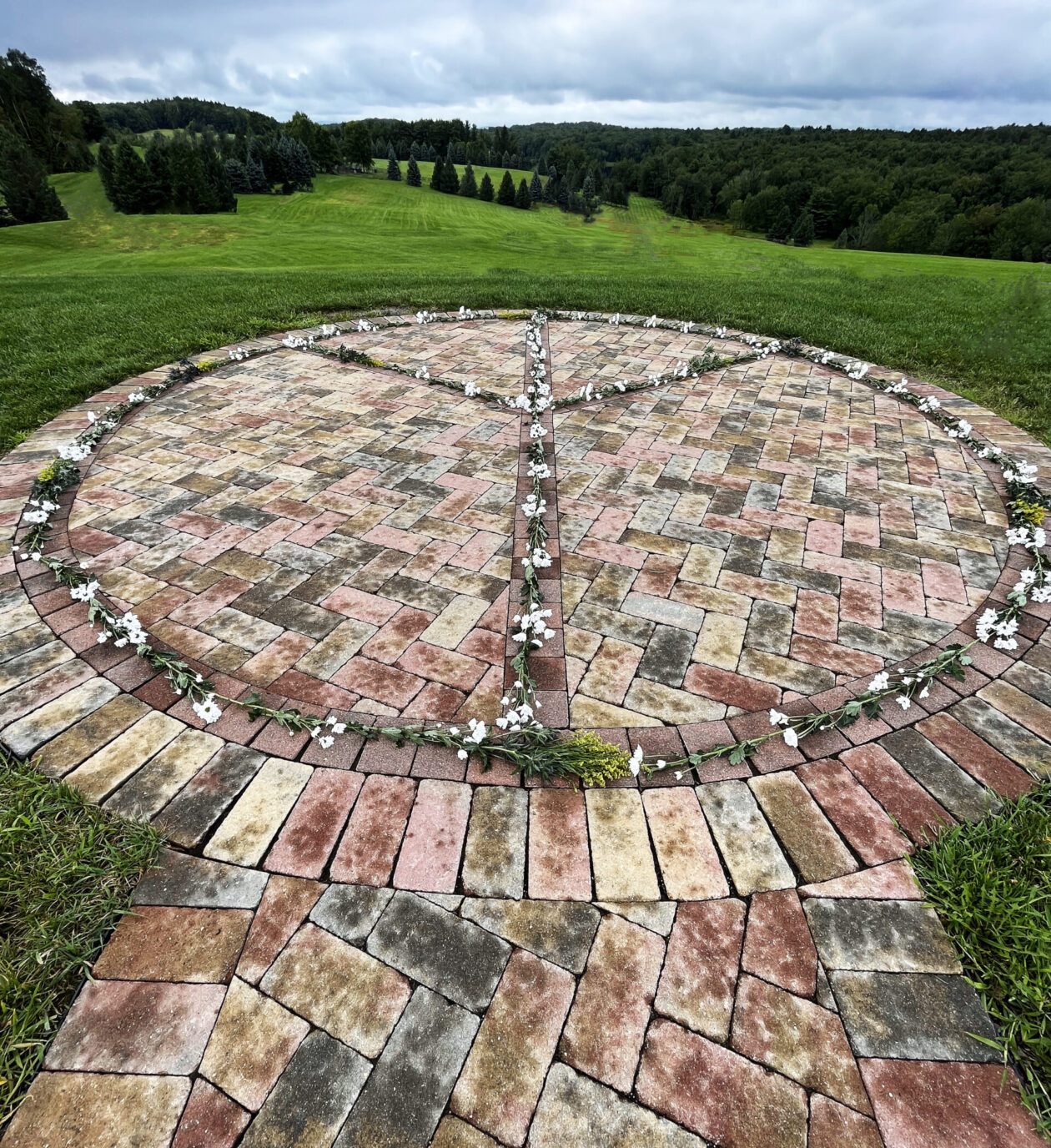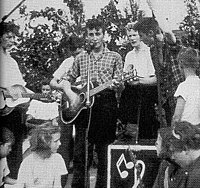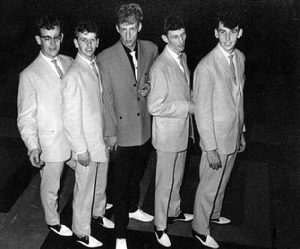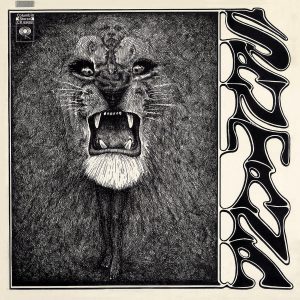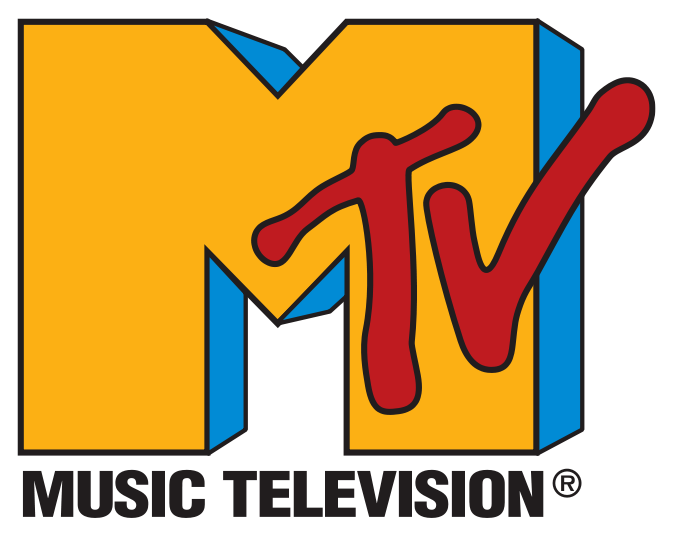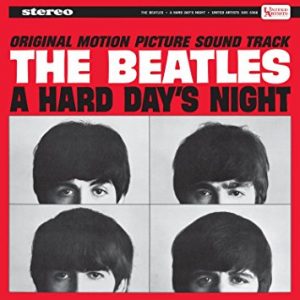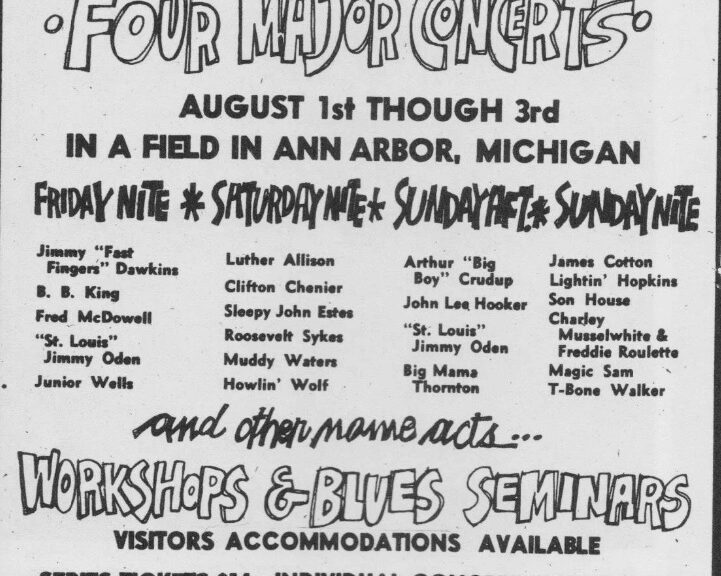1969 Ann Arbor Blues Festival
August 1, 2, and 3, 1969
Fuller Flatlands, MI
1969 festival #31
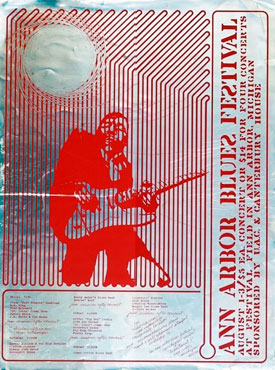
Whites and the Blues
With civil rights and anti-establishment sentiments in the air, there were numbers of white kids searching outside the popular top-10 musical box. Of course they’d already heard Brits Eric Burdon, Jimmy Page, Eric Clapton, and John Mayall’s interpretations of American Blues, but eventually and not surprisingly, those same white kids “discovered” what had been in front of them all along: true Blues.
University of Michigan sophomore John Fishel was one of those white kids. Bert Stratton was another. He said, “…in those days to like the blues was to be part of an exclusive, rebellious club. It was like a secret language. If you were a young white kid who was into the black blues you thought you were pretty cool.”
1969 Ann Arbor Blues Festival
University backed
A group of University of Michigan students led by Fishel decided to hold a Blues festival.
Quoted in a 2009 Ann Arbor Chronicle article, Fishel said, ““Somebody put me in touch with one or two people. It ended up with maybe four or five of us getting together. Some of us knew each other, some didn’t. We really didn’t have a concept at the time. We didn’t know whether it would be a series or a one-shot deal. We didn’t know whether it was an inside show in an auditorium, or whether it was an outdoor show. But I agreed to do the entertainment part of it.”
The group asked their school for sponsorship and two university-connected nonprofit entities – the University Activities Center (UAC), and Canterbury House, the student Episcopalian organization – put up $70,000 for the event.
The kids did good!
1969 Ann Arbor Blues Festival
Chicago
That spring the group visited Chicago to test the waters: what true blues performers attracted the best crowds? Luther Allison was one they found.
They invited Allison to play at a free show in April and the reception was great. The group knew they could continue.
1969 Ann Arbor Blues Festival
Ann Arbor, the Not-Woodstock
According to a 2018 Forbes article, “When Ann Arbor Blues Festival opened in 1969, it wasn’t just the first blues festival in Michigan — it was the first blues festival ever.”
As a Woodstock alum, it is hard to criticize what so many think of as the greatest festival of all time. History and commercialism have ways of distorting reality when reality is mostly a subjective, not a single unequivocal experience.
Woodstock, for all its outstanding and now-historic performers and performances, lacked true blues. Ten Years After, Paul Butterfield, Canned Heat, and Blood Sweat and Tears all provided their interpretation of original Blues.
1969 Ann Arbor Blues Festival
Ann Arbor Line up
|
August 1, Friday Night
- Roosevelt Sykes
- Fred McDowell
- JB Hutto and the Hawks
- Jimmy Dawkins
- Junior Wells
- BB King
|
August 3, Sunday afternoon
- Arthur “Big Boy” Crudup
- Jimmy “Fast Fingers” Dawkins
- Roosevelt Sykes
- Luther Allison & the Blue
- Nebulae
- Big Joe Williams
- Magic Sam
- Big Mama Thornton
- Freddy King
|
|
August 2, Saturday night
- Sleepy John Estes
- Luther Allison
- Clifton Chenier
- Otis Rush
- Howlin’ Wolf
- Muddy Waters
|
August 3, Sunday night
- Sam Lay
- T-Bone Walker
- Son House
- Charlie Musselwhite w Freddy Roulette
- Lightnin’ Hopkins
- James Cotton
|
Unlike the half-million who camped in Bethel, NY, the Ann Arbor Blues Festival had about 20,000, but 20,000 very enthusiastic listeners. Dan Morgenstern wrote in Downbeat that “the performers – especially the veterans – were treated with respect that bordered on reverence. It added up to a kind of recognition that blues artists have seldom, if ever, received from their own people.”
In October, after Woodstock, Morgenstern was clear. The Ann Arbor Festival was “without doubt the festival of the year, if not the decade.”
Stanley Livingston, a professional photographer from Ann Arbor, captured the performers both on- and off-stage. He and Michael Erlewine later published many of his photos in Blues in Black and White
1969 Ann Arbor Blues Festival
Ann Arbor 2
In 1970 a second blues festival was held, but success led to disruption and disruption led to financial loss. Also, the Goose Lake festival held the same time had a big-name line up that pulled possible guests away from Ann Arbor.
The festival went away for two years, returned in 1972 to a three-year run, and then went away again.
1969 Ann Arbor Blues Festival
Renewal
In 2016, James Partridge realized that in three years it would be the original festival’s 50th anniversary. In 2017 he organized a new Ann Arbor Blues Festival.
Today, Partridge, the Festival’s executive producer, says, “I want everybody to know what Ann Arbor has contributed to music and recognize that the Ann Arbor Blues Festivals, they changed music. They changed history. Had it not been for those original festivals, a lot of the music we listen to today might not have been made.”
And the festival continues. Here’s the link.
1969 Ann Arbor Blues Festival
Next 1969 festival: Hilltop Pop Festival
